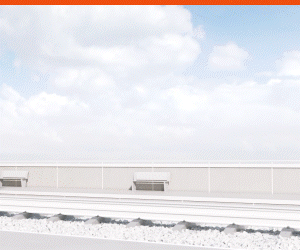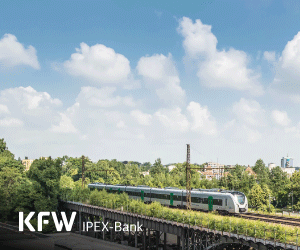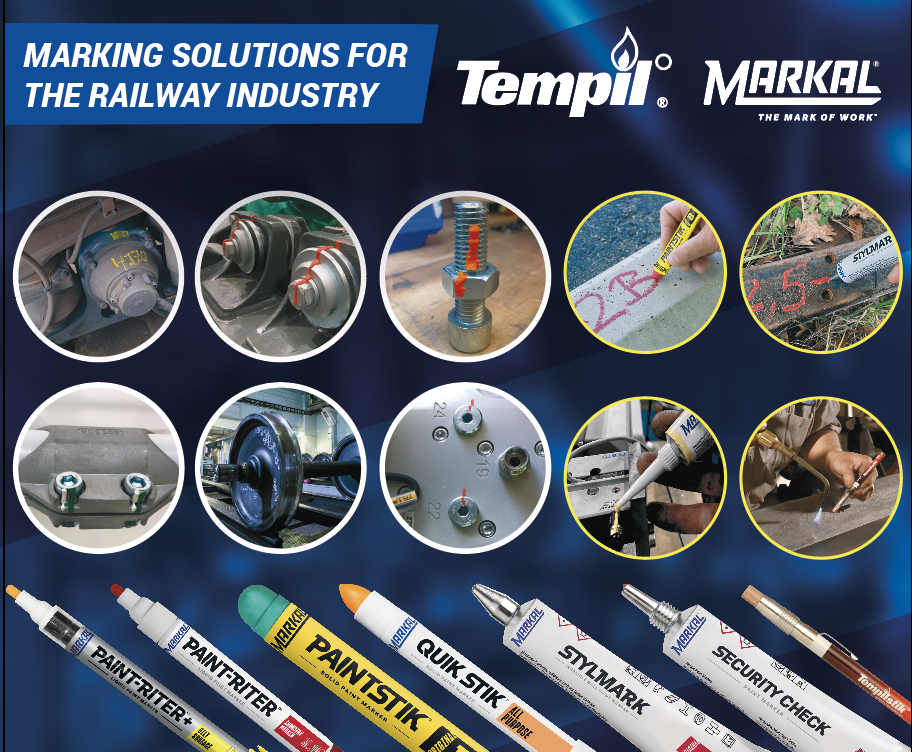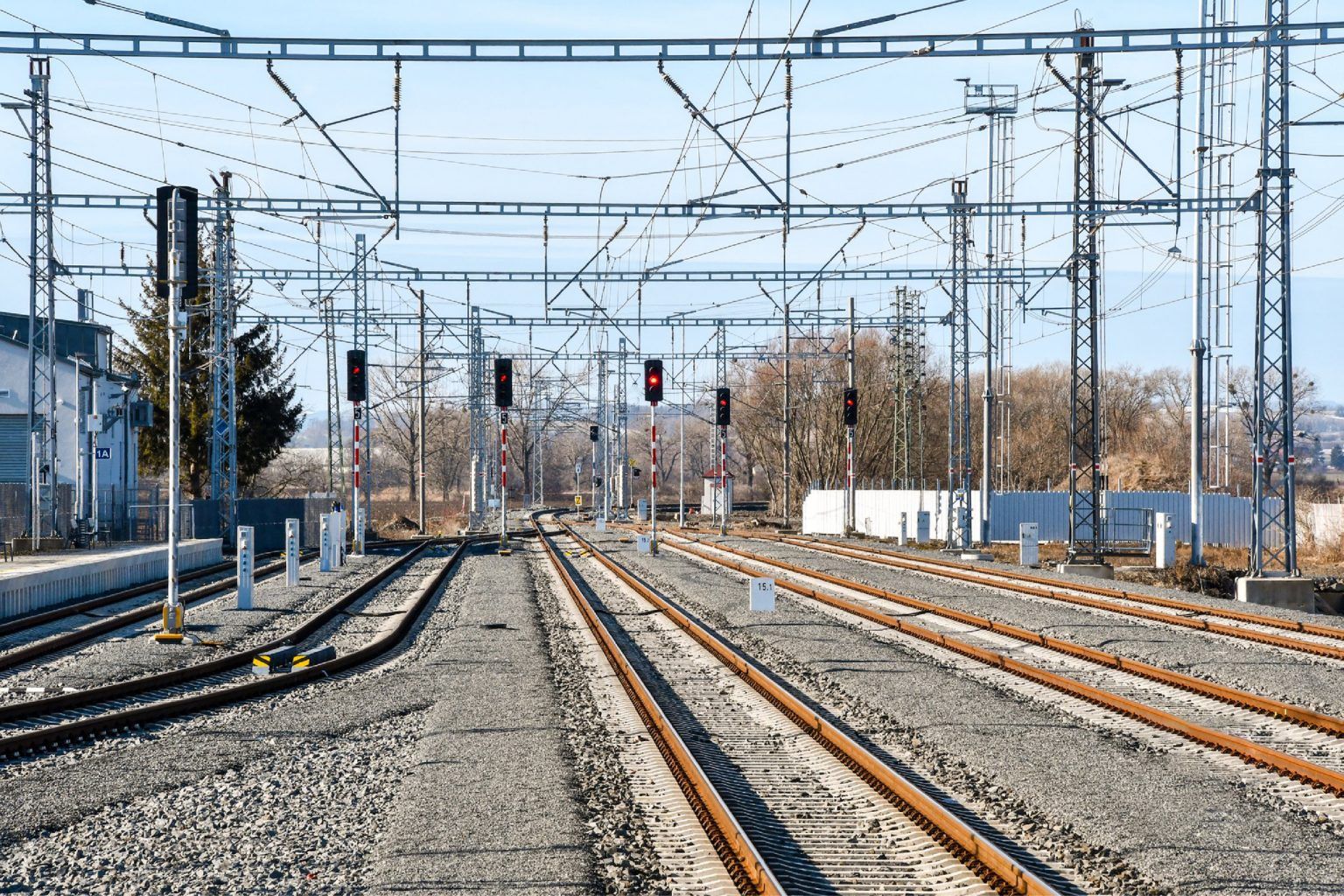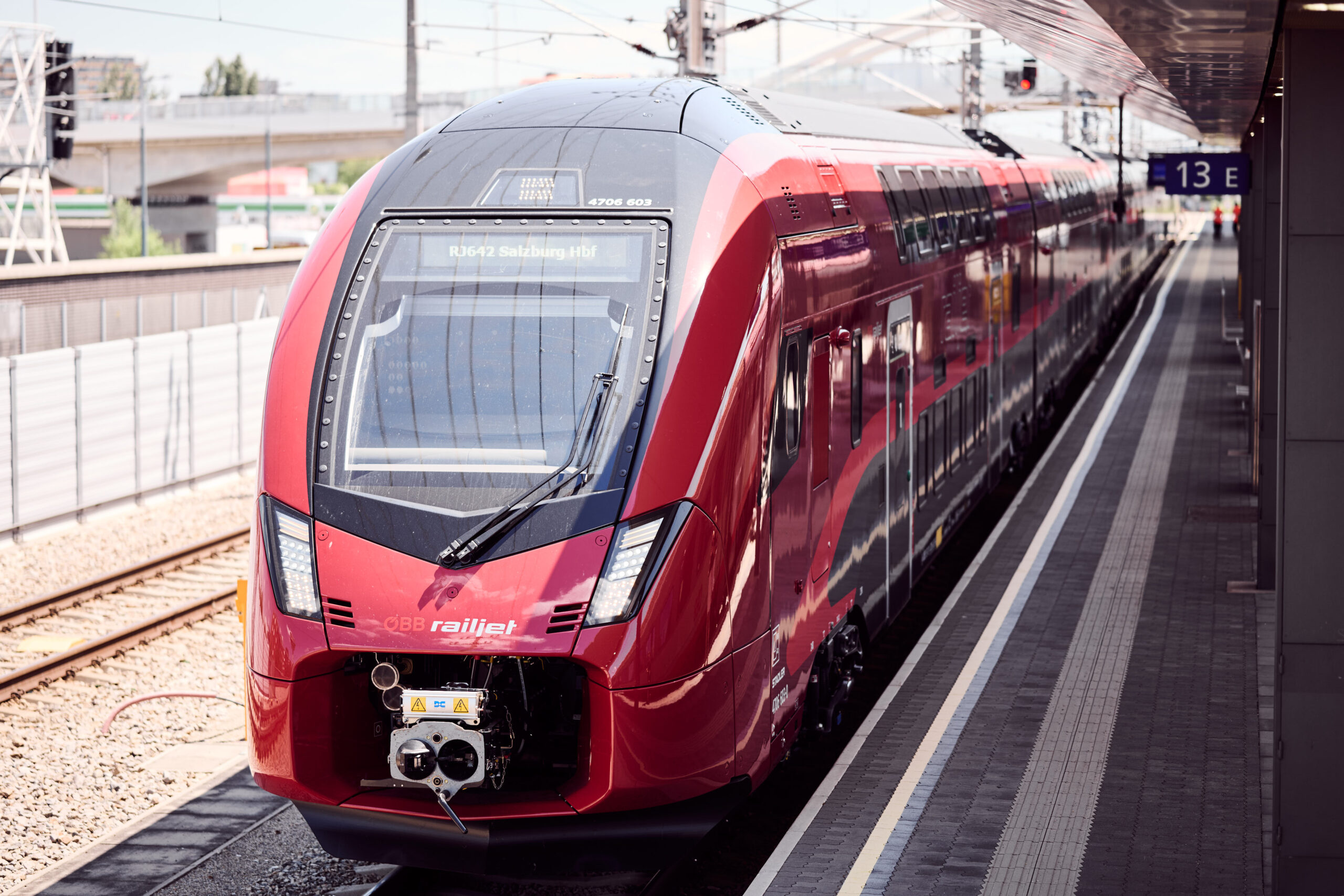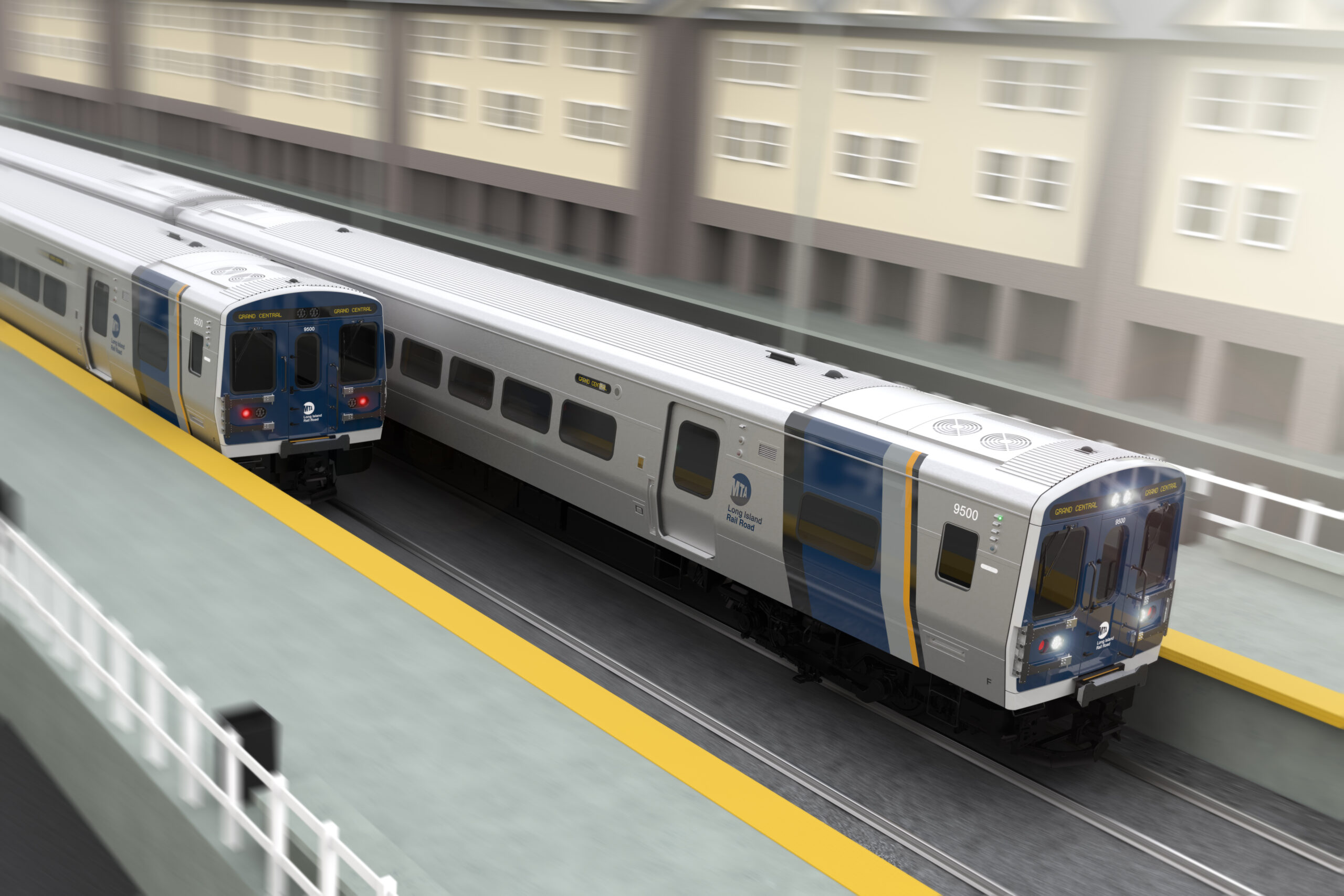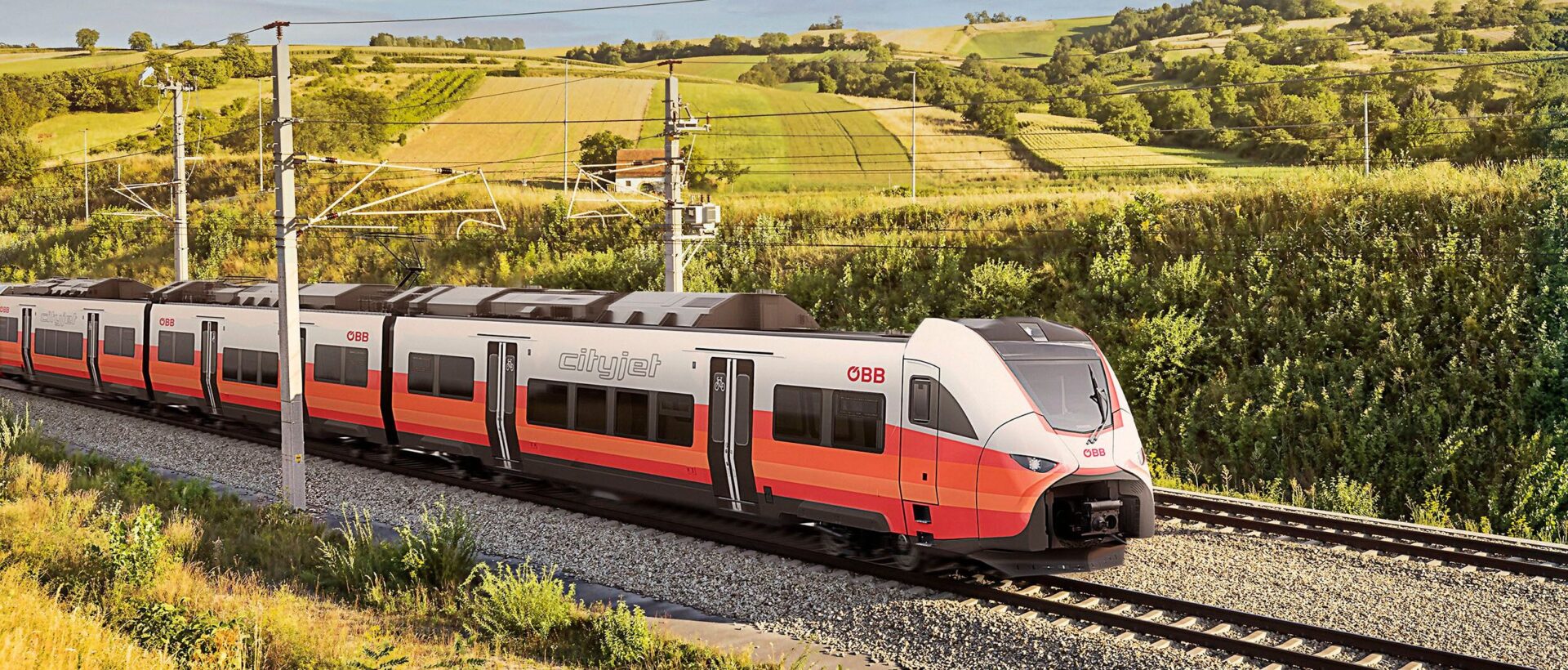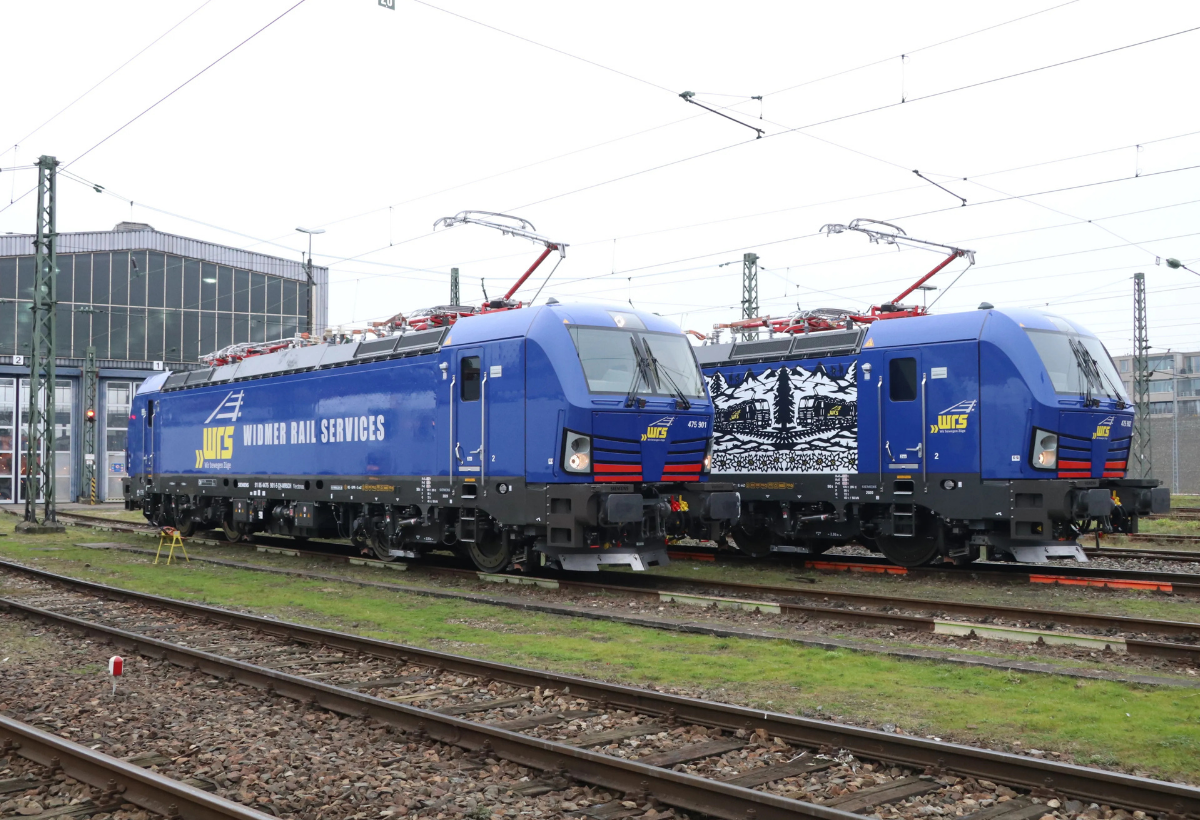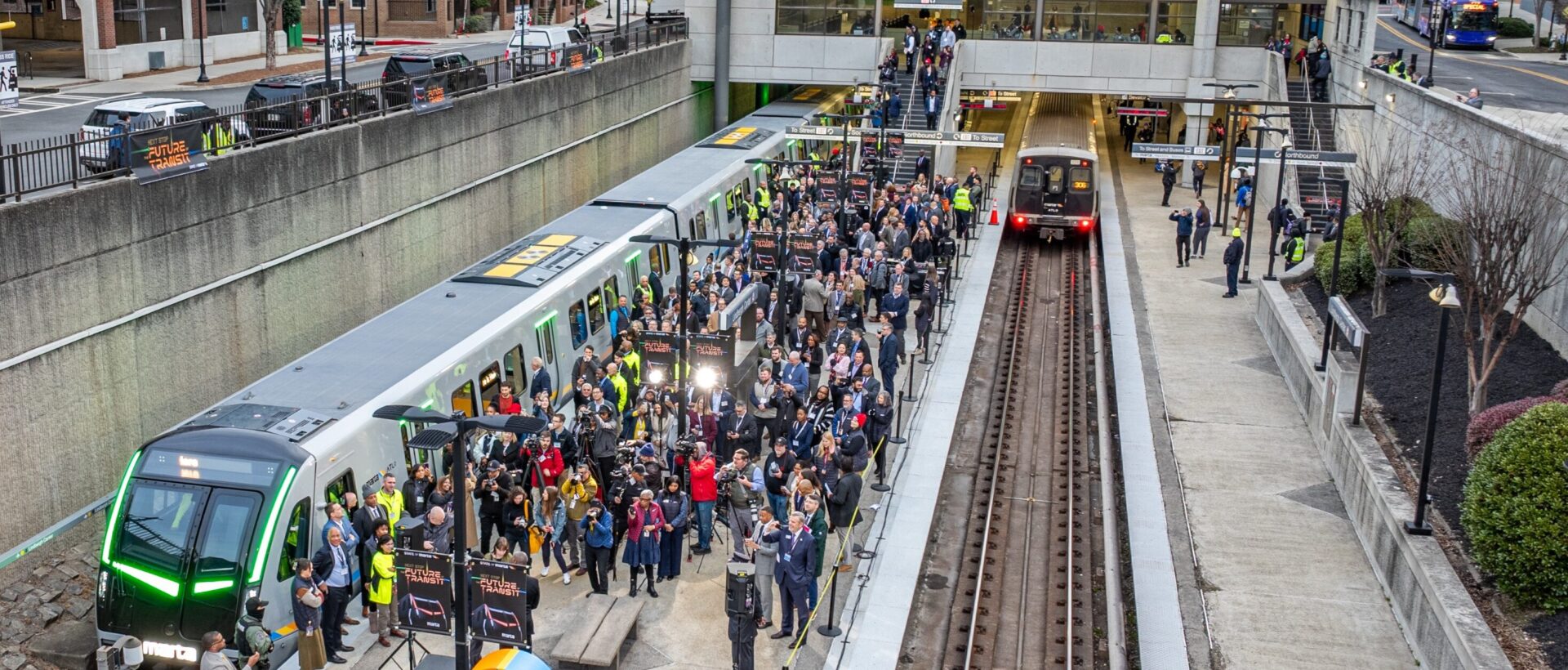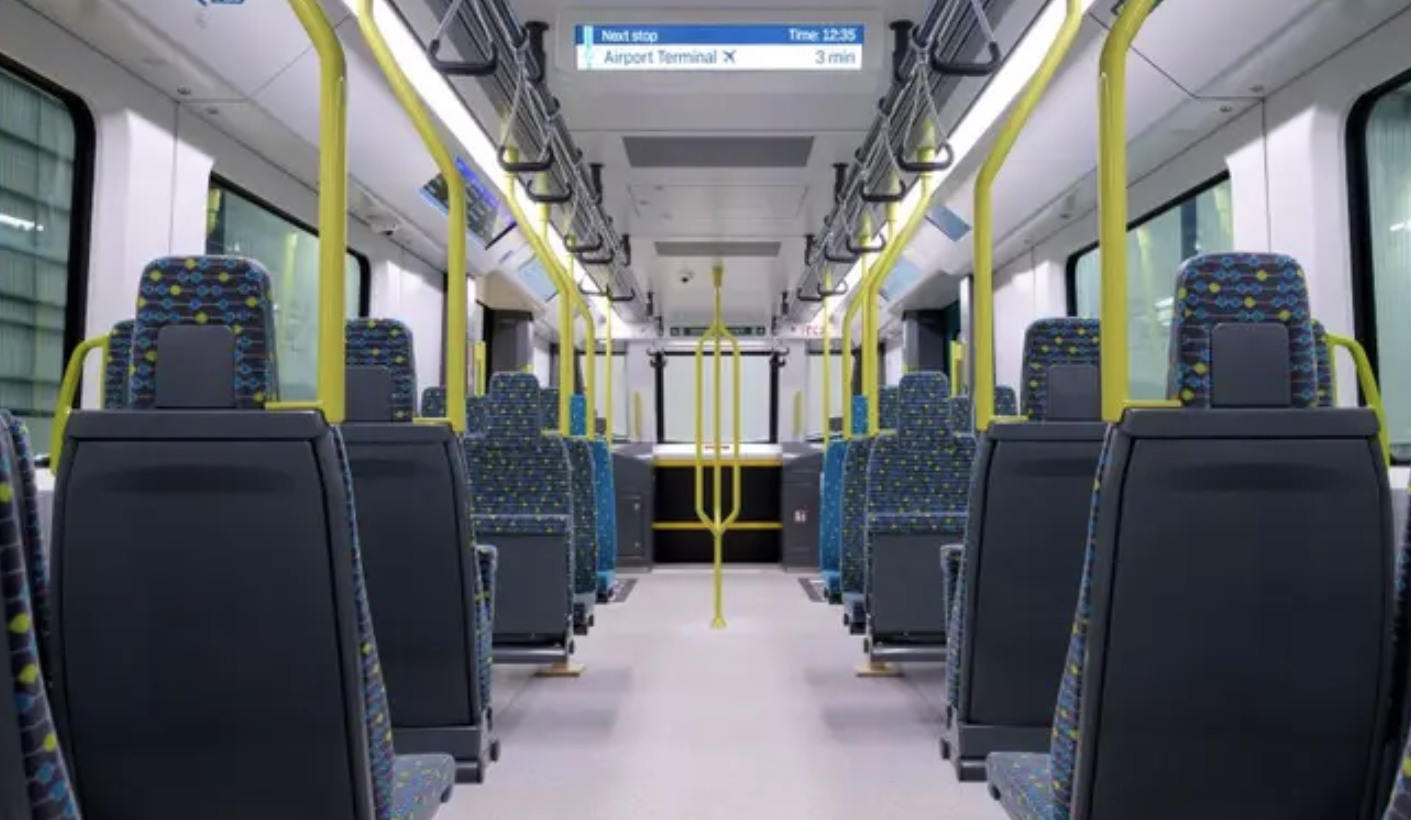Last month, the CETROVO 1.0 subway train, jointly developed by CRRC and Qingdao Metro Group, entered commercial service on Qingdao Metro Line 1 in China.
This represents the first time carbon fibre composites have been used in the primary load-bearing structures of a subway train for regular passenger operations.

The train’s car body, bogies, and other key structural components incorporate carbon fibre composites, offering notable advantages in terms of weight reduction, energy efficiency, and durability.
Compared to traditional metal-based subway vehicles, the CETROVO 1.0 has a 25% lighter body and a 50% lighter bogie, contributing to an overall weight reduction of approximately 11%. This reduction translates into a 7% decrease in operational energy consumption, with an estimated annual reduction of 130 tonnes of carbon dioxide emissions per train.
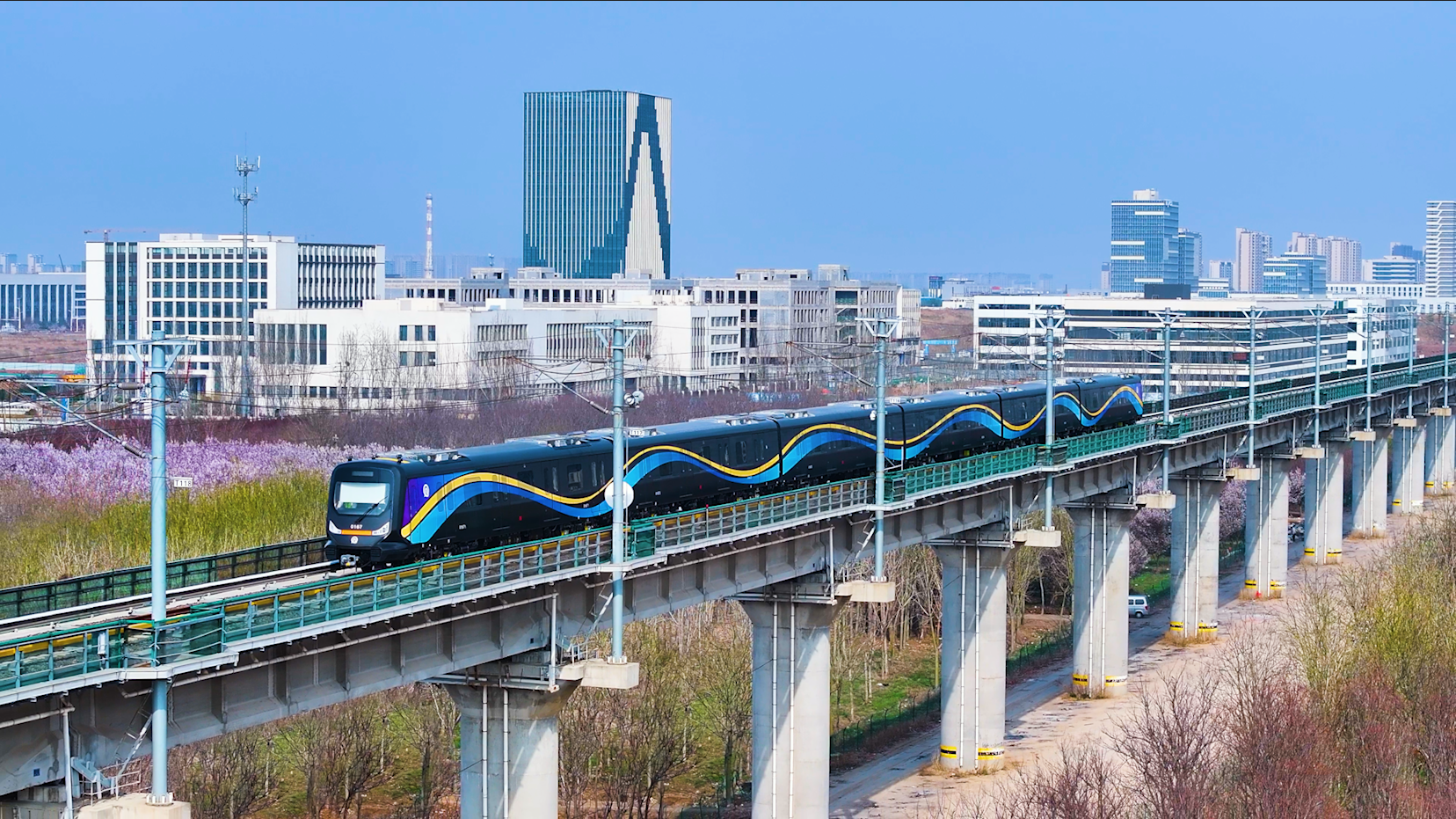
The application of carbon fibre composites also enhances ride quality, as the material’s properties provide improved vibration damping and noise isolation. Compared to conventional metal-based subway trains, the carbon fibre structure offers greater material strength and an increased safety factor. Additionally, the carbon fibre bogie frame improves impact and fatigue resistance, extending the service life of the train.
In the rail industry, lightweighting is a key focus area for improving efficiency and sustainability. Reducing vehicle weight while maintaining structural integrity lowers energy demand during operation, aligning with wider efforts to develop greener and more energy-efficient rail transport solutions.







